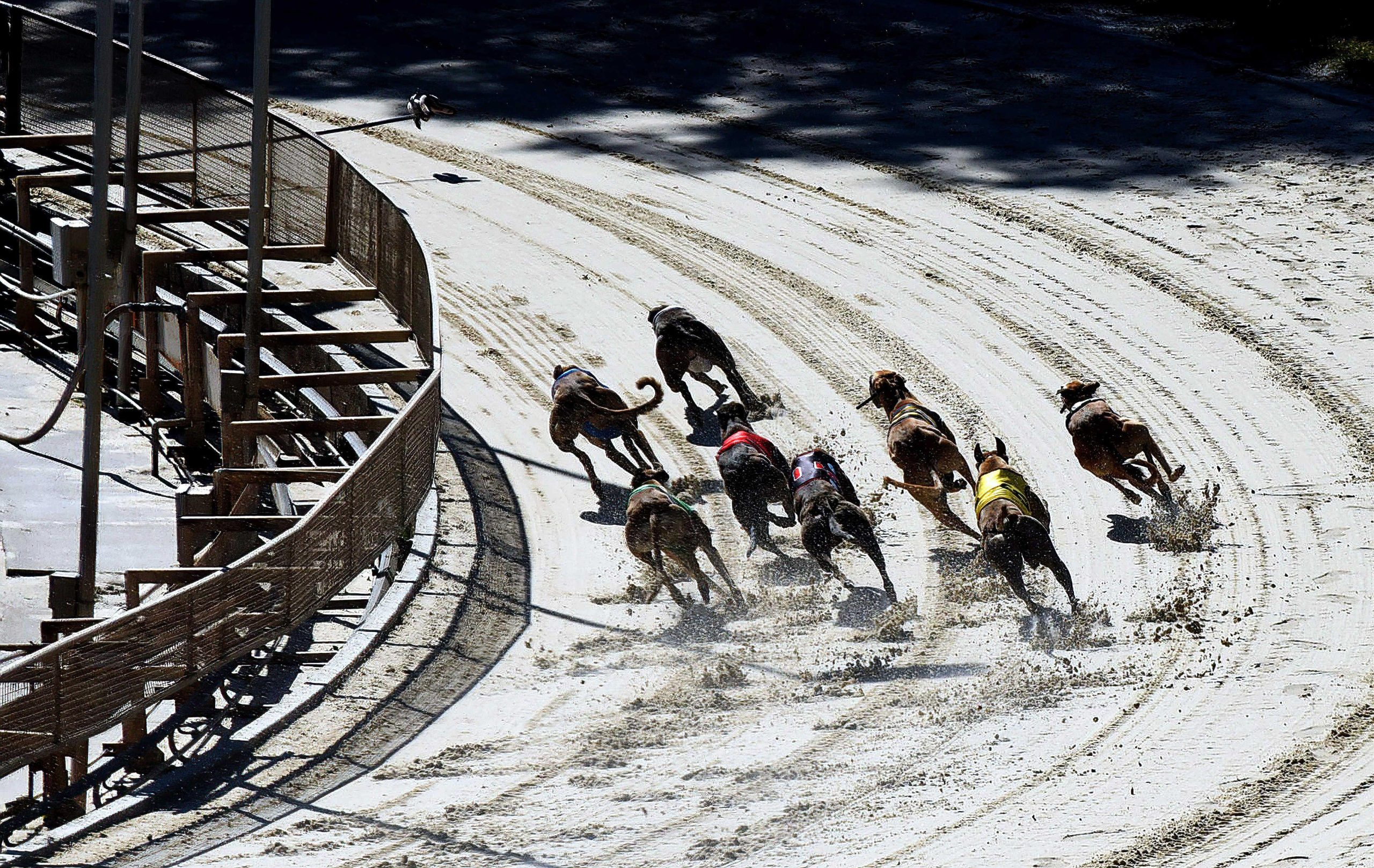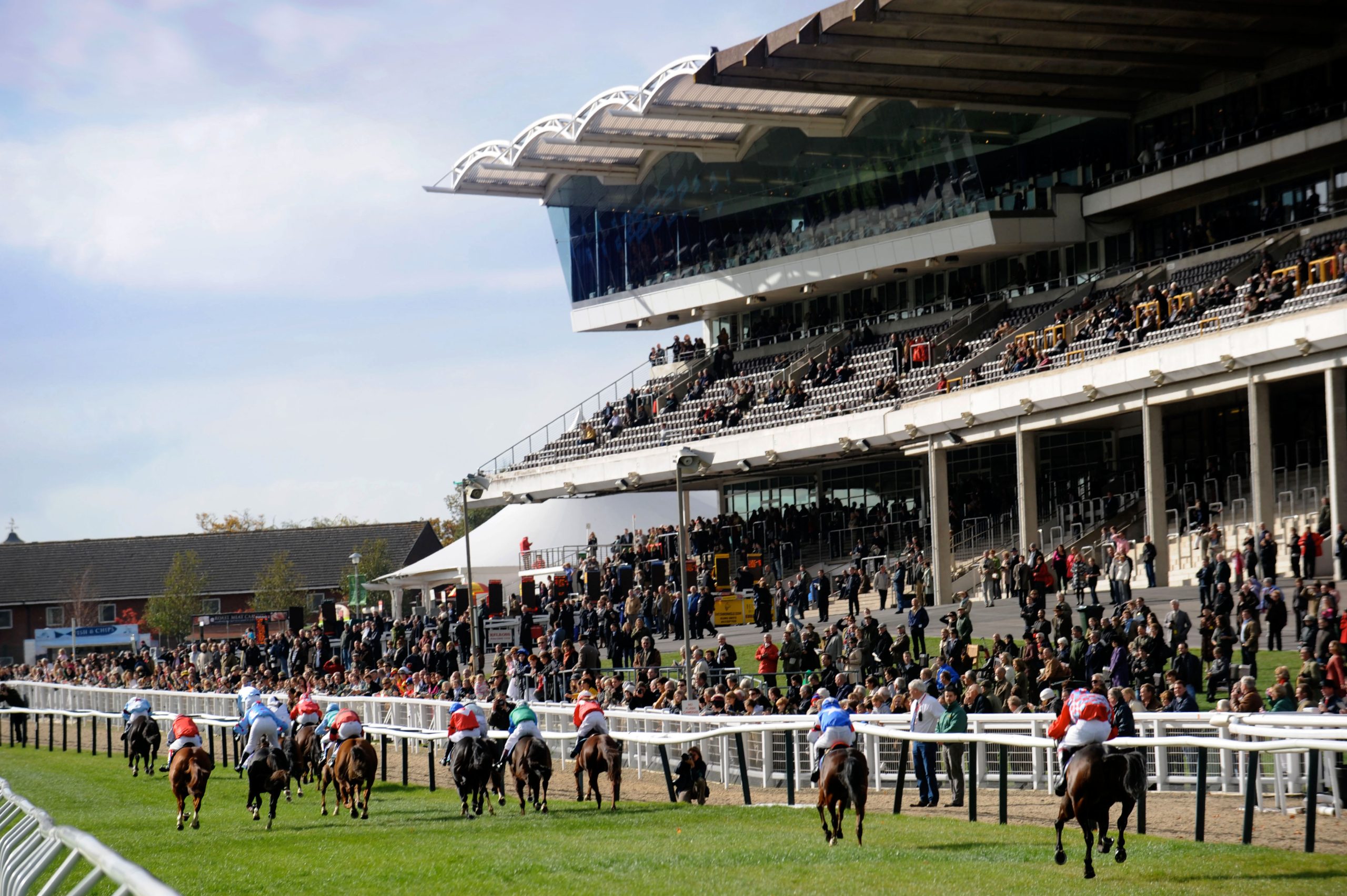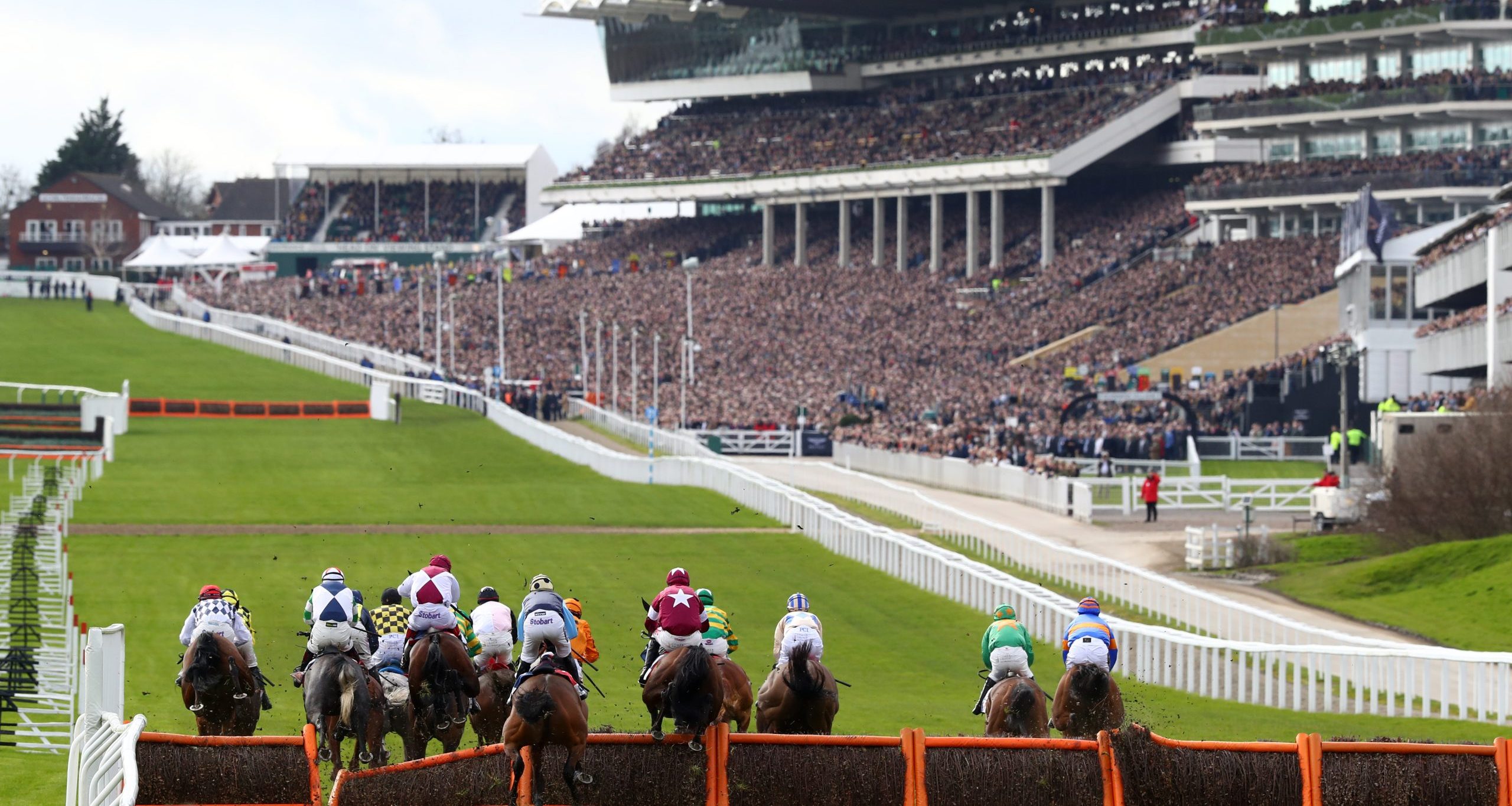
The inaugural English Greyhound Derby was held at White City Stadium in London back in 1927. It’s now firmly established as one of the world’s richest and most prestigious greyhound competitions, with a £235,000 prize purse.
We’ve explored the storied history of the English Greyhound Derby, and we’ve discussed why this race is so special.
The First Greyhound Derby
The first Greyhound Derby featured regional heats when it was launched in 1927. A brindled dog named Entry Badge stormed to victory in the southern final, ahead of Toftwood Millsack and Ever Bright. Those three runners went to the national final, where they faced the top three dogs from the north: Elder Brother, Banderlo and Derham Boy.
Entry Badge went off as the 1/4 favourite. It’s rare to find such a short price when browsing the greyhound betting odds at BresBet nowadays, but he justified the odds. Entry Bade won the 500-yard race in 29.01 seconds, leaving him well clear of Ever Bright and Elder Brother. That was a great result for Edwin Baxter, who owned all three dogs. He received £1,000 and a gold cup for winning the race, £300 for owning the runner-up and an extra £100 for owning the third-place dog.
The Early Years
The competition proved to be a success, so the Greyhound Racing Association increased the prize money in 1928. All qualifying rounds took place at White City Stadium in London, which was built for the 1908 Olympic Games. The winner of the final, Bosher Ash, earned £1,500, with £500 going to the runner-up and £200 to third. The distance also increased to 525 yards.
Mick the Miller, widely regarded as the first superstar greyhound to race in England, won the competition in 1929 and 1930. He ended up winning 19 races in a row, but he then suffered an injury at Wimbledon Stadium. Mick the Miller recovered, but he could only finish fourth in the 1931 greyhound Derby.
The competition continued to grow in prominence in the ensuing years. In 1935, the attendance soared to 88,700, as Greta Ranee narrowly pipped Curleys Fancy to the post. She was the first bitch to win the competition. Two years later, Wattle Bark set a new national record by winning the final in 29.26 seconds.
Post-War Boom
In 1940, White City was closed after the outbreak of World War II. The final was moved to Harringay Stadium, and it’s known as the “Silent Derby” due to the impending war.
The English Greyhound Derby didn’t take place again until 1945, when White City Stadium reopened. Ballyhennessy Seal, one of the greatest greyhounds of all time, won the final that year.
Trainer Leslie Reynolds loomed large over the event in the post-war years, winning in 1948, 1949, 1951, 1952 and 1954. However, prize money remained modest, as the nation tightened its collective belt following the war. In 1959, the top prize was still £1,500, the same as it was in 1929. It finally increased to £2,000 in 1960, when Duleek Dandy won for owner Vicki Dash and her husband Bill, the dog’s trainer.
The End of an Era
The top prize shot up to £3,000 in 1062, when 2/1 favourite The Grand Canal won. By 1971, the top prize was £10,000, and the English Greyhound Derby was one of the UK’s pre-eminent sporting events. Spillers became the title sponsor in 1973, when Patricias Hope successfully defended his title. The prize money reached £35,000 by 1980, with £25,000 going to the winner, thanks to increased sponsorship.
In 1983, The Daily Mirror took over as the sponsor. A dog called I’m Slippy won the final. The following year marked the end of an era, as White City was demolished.
The Wimbledon Years
Wimbledon Stadium became the new host venue in 1985, and 9/1 outsider Pagan Swallow won the 480-metre race in 29.04 seconds. Hot favourite Smokey Pete finished fifth.
Sponsorship passed to William Hill in 1998. Two years later, 7/4 favourite Rapid Ranger beat Rackethall Het to win the final. Smoking Bullet, a dog owned by Vinnie Jones, finished fifth. By that point, the top prize was £75,000.
Rapid Ranger defended his crown the following year. That made him just the third dog in history to win multiple English Greyhound Derby titles. A few years later, Westmead Hawk repeated the feat, winning in 2005 and 2006. No other greyhound has won the Derby twice since then.
The top prize reached a record £125,000 in 2012, when Blonde Snapper defied odds of 8/1 to beat 6/4 favourite Ironman. It increased to £150,000 the following year. Sidaz Jack – a son of Westmead Hawk – won the final that year. That marked a record seventh win for trainer Charlie Lister, who also won the race in 1997, 2000, 2001, 2003, 2010 and 2011.
In 2014, the brilliantly named Salad Dodger won the £200,000 top prize. Rio Quattro then won a record £250,000 in 2015. The top prize dropped to £150,000 in 2016, which proved to be the last time Wimbledon hosted the race.
Moving to Towcester
In 2017, Wimbledon Stadium closed. It was demolished and turned into 600 flats, plus a football stadium for AFC Wimbledon.
The Greyhound Derby moved to Towcester Stadium in Northamptonshire. That meant it was held outside of London for the first time in its history. Astute Missile won the 500-metre race, earning a top prize of £175,000.
The final returned to Towcester in 2018, when Doctoras Wildcat triumphed. Towcester was unexpectedly closed, as it ran into financial troubles, as the competition moved to Nottingham Greyhound Stadium in 2019. Priceless Blake won the £100,000 top prize that year. Irish runner Deerjet Sydney then won the 2020 Greyhound Derby, which was a low-key affair amid the Covid-19 pandemic.
The Modern Era
Towcester was then resurrected under new ownership. The final returned to Towcester in 2021, and a prize of £175,000 for the winner was reinstated. Thorn Falcon won for Belgian-born trained Patrick Janssens, thwarting hopes for a third consecutive Irish win.
In 2023, the prize fund increased to £235,000, with £175,000 going to the overall winner. The competition received 192 entries, and there were some intense quarter-finals and semi-finals. The final ultimately took place over 500 metres at Towcester, and Gaytime Nemo won in 28.89 seconds.
De Lahdedah equalled a track record when winning in 28.58 seconds in 2024. Droopys Plunge came close to that time in 2025, but the Janssens-trained dog ultimately won the final in 28.76 seconds.
The Derby’s future now looks secure. Towcester is thriving, and it remains the crown jewel in the English greyhound racing calendar. Moving forward, it will be interesting to see if any dogs can follow in the footsteps of Mick the Miller, Patricias Hope, Rapid Ranger and Westmead Hawk by winning the Derby twice.

















